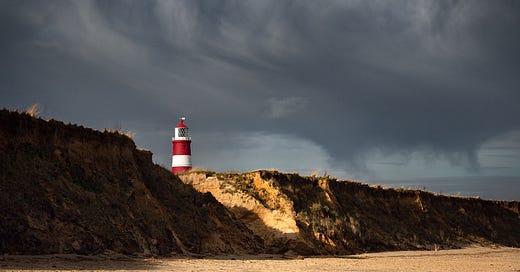Hello, I’m Gill and I write a photography blog inspired by the landscapes of Suffolk and beyond. Please subscribe to read more of my writing and visit my website to view my images.
When I began my landscape photography journey 15 or more years ago I started by focusing on wide scenes and distant views. I w…
Keep reading with a 7-day free trial
Subscribe to For the Love of Landscapes to keep reading this post and get 7 days of free access to the full post archives.




